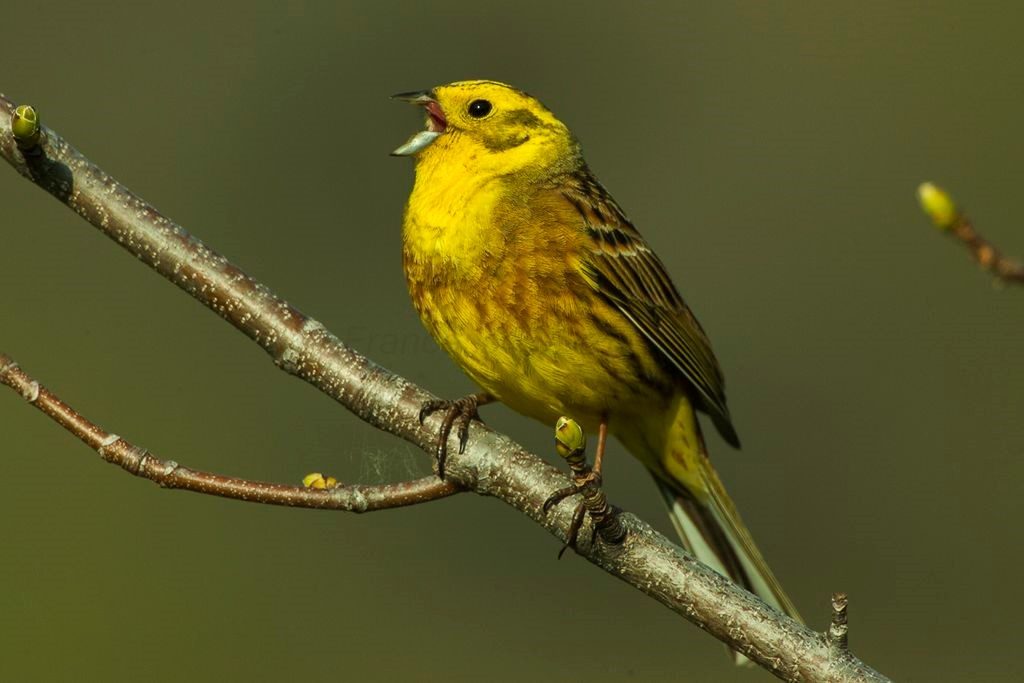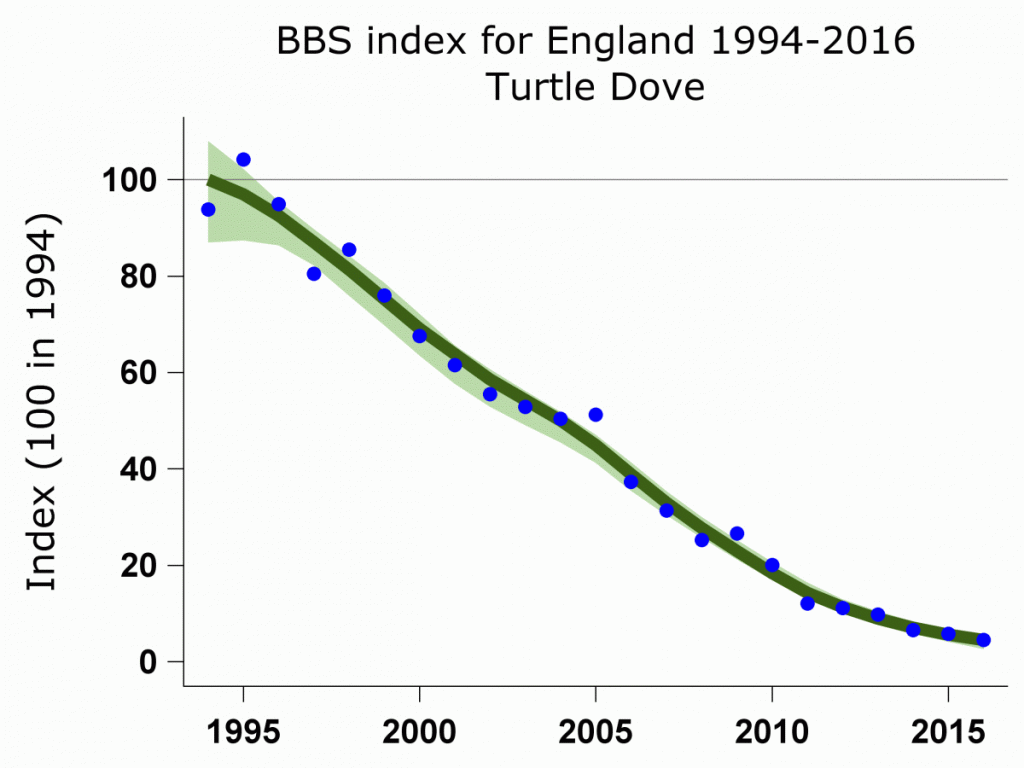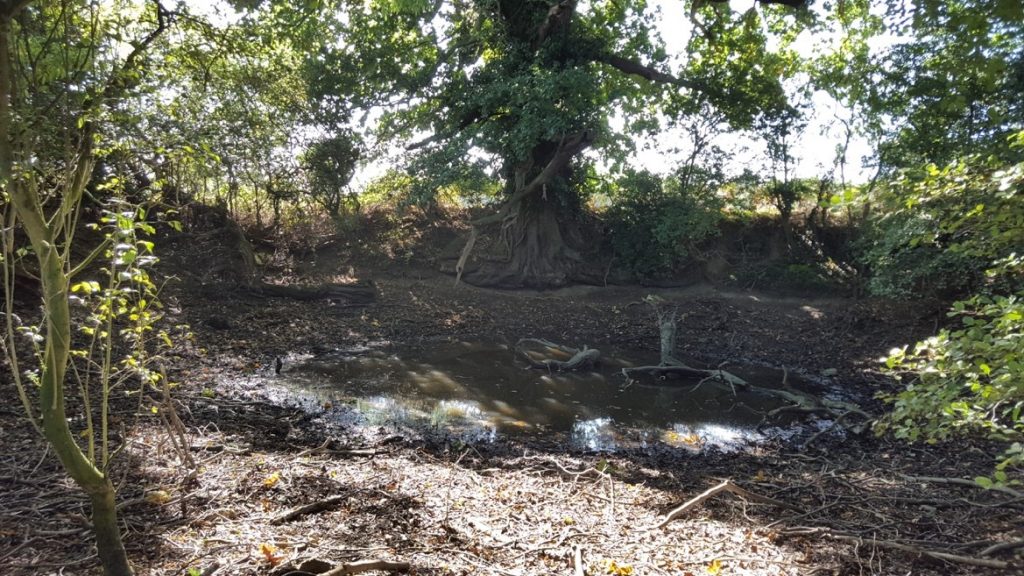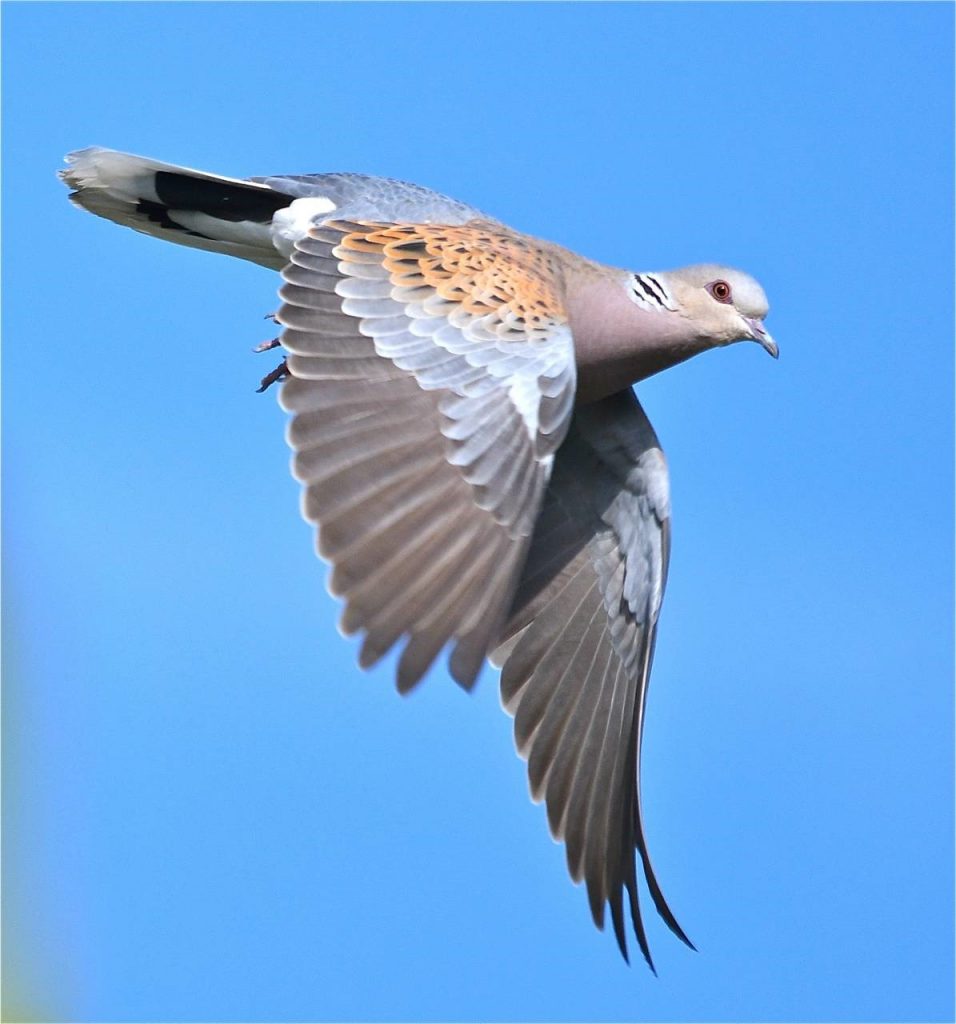British farmland birds have experienced a population decline of 56% since 1970, with some species such as Turtle Dove and Tree Sparrow decreasing by over 90%. The intensification of agriculture and associated reductions of food availability and suitable nesting habitat is known to be one of the main drivers of these population crashes. One key area has been the removal of non-cropped areas, such as hedgerows, farm ponds, wet meadows and woods. Since 1940, around 50% of hedgerows have been removed and a majority of farmland ponds, previously managed for hundreds of years, have either been filled or become heavily overgrown. In Norfolk alone, there are thousands of unmanaged farmland ponds, these present a great opportunity for conservation gains.


Researchers from University College London have demonstrated that managed, open canopy farmland ponds provide a home to a higher diversity of invertebrates, plants and amphibians than their unmanaged, overgrown counterparts, but less was known about what they could potentially offer to birds. My project was set up to address this knowledge gap and since 2016 I have been focussing on bird and invertebrate usage of a network of ponds in North Norfolk, divided into managed, open ponds and non-managed, overgrown ponds.


The contrast in bird communities between the management types is stark. 66 bird species were recorded at the managed ponds, with a higher proportion of scarce and threatened species including Yellowhammer, Linnet, Spotted Flycatcher, Starling, Snipe, Grey Wagtail and Swift. In comparison, 37 bird species were recorded at the unmanaged ponds, with visits largely dominated by common species such as Woodpigeon, Wren, Blackbird and Robin. Furthermore, the number of bird visits to managed ponds was over twice that to unmanaged. This contrast in bird communities appears to be linked to the higher abundance of insect life found at managed ponds, combined with the more complex surrounding bankside and margin vegetation, offering prime opportunities for nesting and foraging for a variety of seed rich weeds.
Between May and June sharp spikes in bird activity were observed at the managed ponds. Large numbers of House Martins and Swallows foraged from the water surface, joined by Spotted Flycatcher, Whitethroat, Lesser Whitethroat, Chiffchaff, Blackcap, Bullfinch and many other species searching for food in the emergent aquatic vegetation and dense margins. These busy days coincided with the synchronised hatch of Mayfly and Chironomid, providing large quantities of food at a vital time for both adult birds and their young. Through targeted experiments we’ve demonstrated that managed ponds provide a much higher abundance of emergent invertebrates over the breeding season, on average over 1000 individuals per m2 in May alone, in comparison to just 50 individuals/ m2 from the unmanaged ponds. Days with high invertebrate emergence events were linked to higher bird activity, from a wider diversity of species. We’re currently investigating the importance of the food quality of these aquatic invertebrates, which are high in essential Omega-3’s, vital for growth in birds but largely absent from terrestrial invertebrates. It could be that, in an increasingly dry landscape (sadly we’ve drained 90% of our wetlands since the Roman times), these ponds are offering an essential source of these compounds, important for healthy chick growth.

So where do Turtle Doves come into this picture? Managed ponds also provide drinking water via shallow banks and open margins. Accessible water sources are essential for seed-eating birds as their seed-rich diet requires them to drink water regularly as they cannot gain their dietary water form their food, unlike many invertebrate feeders. So, a lack of accessible water sources in a farmed landscape will make life even harder for Turtle Doves, already under pressure through lack of food and restricted nesting opportunities. There is also a risk that concentration of birds around a very small number of remaining drinking water sources may increase the risk of disease transmission between individuals, especially for organisms such as the Trichomonas parasite, known to be capable of causing morbidity and mortality in Turtle Doves and other seed-eating species and which persists for some time in water. In addition, the shallow banks and margins of managed ponds can contain a variety of seed rich weeds and grasses, such as Chickweed, Stellaria media, known to be a preferred food source for Turtle Doves. So, increasing the number of ponds in the landscape, which are well managed and accessible can only be of benefit to Turtle Doves, they can also play an important part in the efforts to recover the species in the UK. Although the field data recording within our study yielded little activity of Turtle Doves at any of our study ponds, this was not unexpected given the current scarcity of this species and the intensity of data recording that would be required to reliably detect birds drinking for very short periods.
It is very encouraging to hear about the pond restoration work completed this year by the Upper Wensum Cluster Farm Group in North Norfolk. The work undertaken by Pensthorpe Conservation Trust and other Group members in 2017 will within a short time transform these ponds into havens packed with bird, invertebrate and plant life, a major conservation win in itself. I hope that Turtle Doves and the wider biodiversity in the farmed land benefit from this restoration work and that surveys over the next few years show an increase in Turtle Dove numbers.
Jonathan Lewis-Phillips – Natural History Museum/ University College London








